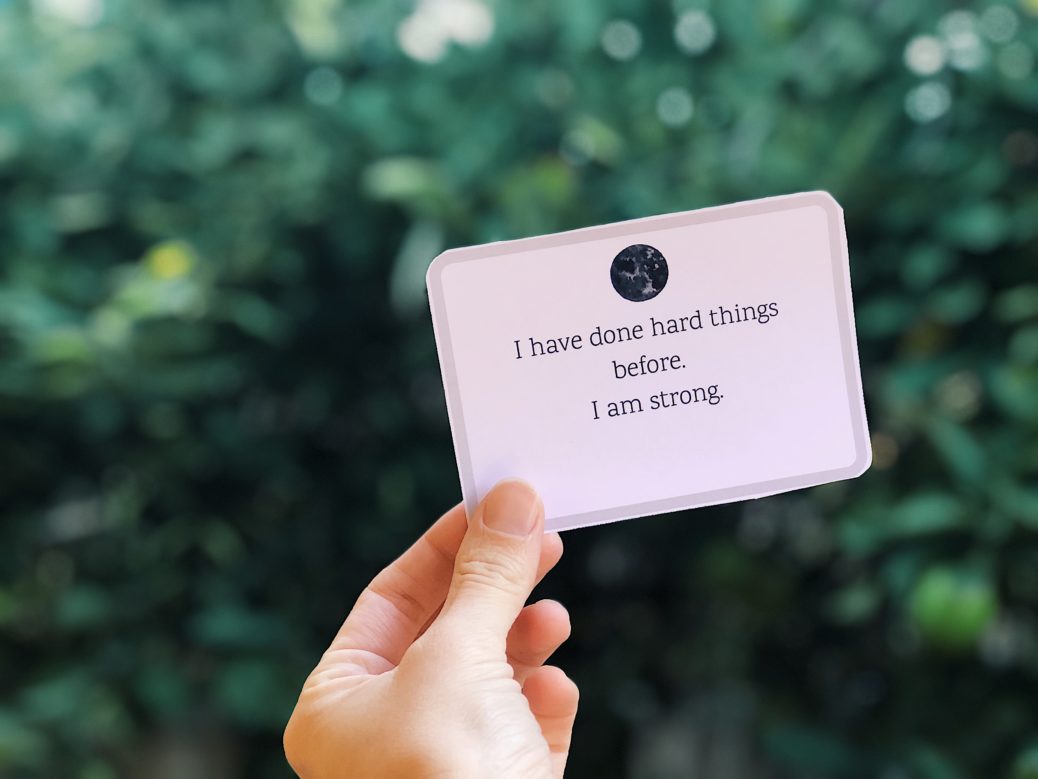Each child is their own person, with their own complex set of feelings and needs. Every feeling is valid, can be acknowledge and supported. We may take the time to hold our child’s hand as they learn to walk, measure their growth and ensure they eat the foods they need to grow and develop physically, but how can we support their emotional development?
Often frustration grows from a child being unable to communicate how they are feeling. We can support a verbal child to develop their emotional vocabulary in order to express what is happening for them.
Role modelling is a powerful way that children learn. Label emotions in yourself and others. This could include when you are watching TV or reading a story. Doing so helps to build a child’s emotion vocabulary so they too learn how to identify how they are feeling, and feel comfortable expressing this and what they need.
This exploration could be taken further by discussing what physical changes happen to our body when we experience an emotion. For example, when feeling angry, we may observe that our heart beats faster, we feel hot and our muscles or jaw tighten.
In times of distress it is helpful to have a toolbox. Each tool can be taken, practised and trialled. Not every tool will meet the need, but the process allows you and your child to establish what coping strategies meet each of their emotional needs best. I have included a few ideas below but it is worthwhile to sit down with your child and ask them. They often can surprise us with the level of emotional awareness they have already.
- 3:5 breathing. Breath in and count to 3, breath out and count to five. Enusre you are taking deep breaths into your stomach and not shallow breaths into your chest.
- A safe spacewith tools for self-regulating, this could be in a bedroom or a corner of the lounge, for example. The tools kept in this space could include; feelings books, drawing/colouring, affirmation cards, toys that encourage quiet, mindful play such as lego or puzzles, a comforting soft toy, yoga prompts in the form of a poster or cards, bubbles for practising slow breathing or emotion cards to support a child to identify and communicate how they are feeling
- A physical signthat indicates to others they need space and could be placed on their bedroom door – allowing your child to create this themselves is empowering.
- A ‘letterbox’at home where your child can write letters or draw pictures for you. This help children to communicate how they are feeling, what has happened and what they need as sometimes doing so verbally can be difficult.
About The Contributor: Hannah Warren, Founder of Ark & Luna
Prior to opening her store, Ark & Luna, Hannah was working as a counsellor with children and families, specialising in Play Therapy. Ark & Luna was born from the observations of children healing through play in a counselling setting as well as our families experience of connection and improved emotional wellbeing when we immersed ourselves amongst nature. Ark & Luna is an online store that provides families and educators with a beautiful collection of wooden and natural resources and the mission to provide children with a holistic childhood connected to nature.
Website: http://www.arkandluna.com.au
Facebook: http://www.facebook.com/arkandluna
Instagram: http://www.instagram.com/arkandluna


